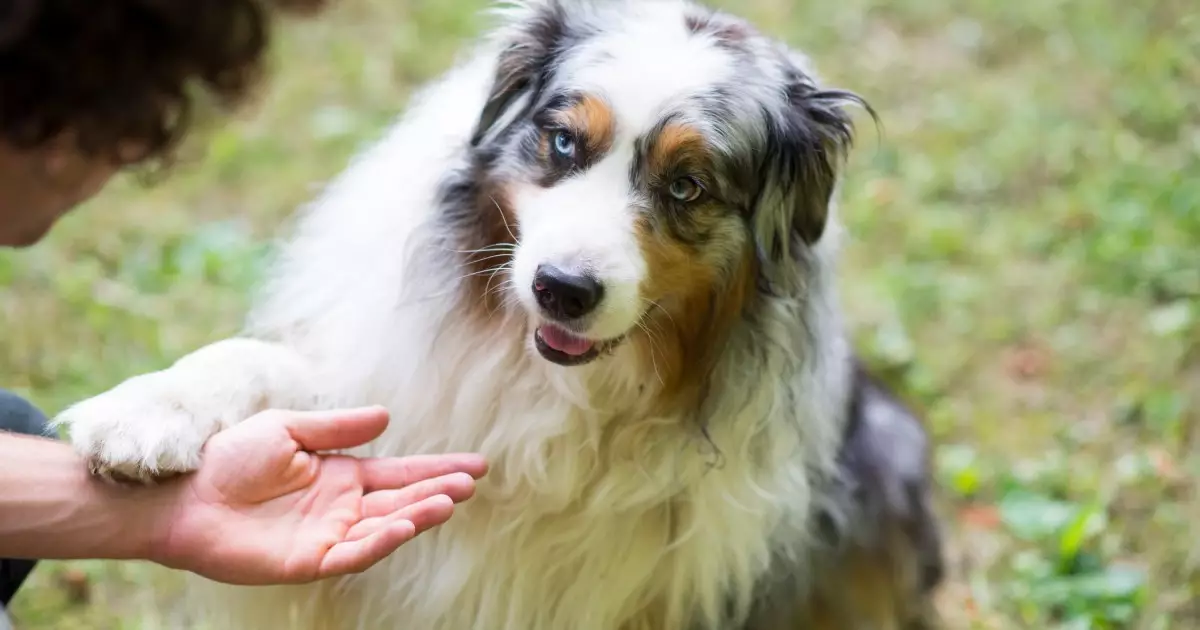When it comes to dog training, a common misconception is that old dogs cannot learn new tricks. Contrary to this belief, adopting an adult or senior dog can be a rewarding experience filled with learning opportunities. The focus of this article is to explore why adult dogs can excel in training, the essential aspects of dog training, and effective strategies to sustain training results over time.
One of the most significant benefits of training older dogs lies in their capacity for concentration. Unlike puppies, who often have shorter attention spans and are easily distracted, adult dogs have developed a greater ability to focus. This maturity allows them to adapt to new routines and commands with surprising speed. House-training, which can be a challenging endeavor with a young pup, often proves to be more straightforward with an adult dog. As they typically have better control over their bladders and bowels, consistent routines become the cornerstone of successful training.
Furthermore, adult dogs come with a wealth of experiences that can aid in their learning process. They may have previously learned commands, allowing you to harness that knowledge and build upon it. This adaptability not only facilitates the training process but also enriches the bond between canine and human.
To maximize the effectiveness of training sessions, it’s crucial to start with fundamental commands, such as “sit,” “stay,” and “come.” Leveraging small treats as a motivational tool can enhance the training experience. When you use treats, be sure to offer praise immediately after the desired behavior is exhibited, reinforcing the idea that praise is rewarding in itself. This method instills a sense of accomplishment in your dog that goes beyond the physical treat.
In situations where a dog may not respond to treat incentives, alternative approaches can be effective. Physically guiding the dog into the desired position while offering verbal praise can be a helpful strategy. Over time, the repetition of training sessions—ideally short and frequent over a three to four-week period—will help solidify these behaviors as habits.
One of the keys to a well-mannered adult dog is ensuring they receive sufficient exercise. Regular physical activity not only keeps dogs healthy, but it also helps prevent undesirable behaviors such as destructive chewing or unnecessary barking. Even if your dog has access to a sizable yard, it doesn’t guarantee they’re receiving the mental and physical stimulation they need. Activities like long walks or engaging games of fetch can exhaust their energy levels, paving the way for tranquility when it’s time to unwind at home.
Additionally, consistently rewarding good behavior is fundamental in reinforcing the training you provide. Managing your environment to limit distractions or prevent undesirable behavior can also help in maintaining your dog’s good manners.
While many behavioral concerns can be addressed during the initial adjustment phase of an adult dog, some issues may require professional intervention. If you encounter persistent challenges, do not hesitate to consult a veterinarian. There could be underlying medical issues or the need for specialized behavior training. A veterinarian can evaluate your dog’s health and possibly refer you to a seasoned trainer or animal behaviorist, laying the groundwork for additional guidance.
As you embark on your journey of training an adult dog, remember that their willingness to learn can astonish you. With patience, repetition, and appreciation of their unique abilities, you’ll foster a bond that not only enriches their lives but also enhances your own. Embrace the potential within your adult dog, and you will find that teaching new tricks is not just possible—it can be profoundly rewarding.

